Our factory has its roots in the heart of the Valtellina area. An unusual factory, inspired by the ancient local textile culture, based on the processing of linen, hemp and wool
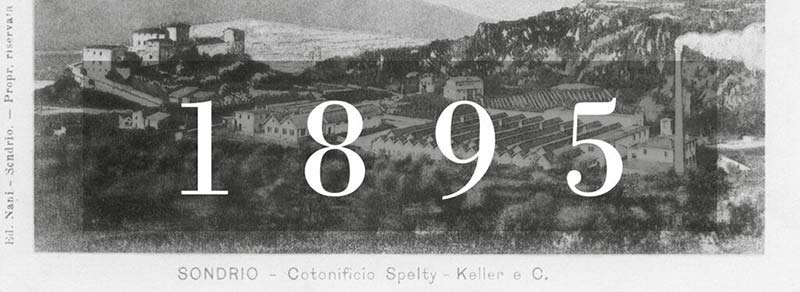
ORIGINS
Back in August 1895, in Sondrio, a small town in the heart of the Italian Alps, Emilio Spelty, his son and Giovanni Keller set up a new company.
These are two Swiss families who immediately understood the preciousness of our territory and built a factory in the Alps for the production of cotton yarns.
Thus Spelty, Keller & C.O. was born.

REGISTERED TRADEMARK
In 1897, Spelty, Keller & C.O. registered the first trademark: a lithographed label depicting “A chamois facing right in a graceful attitude, adorned with mountain peaks”, as described in the certificate of the ancient Kingdom of Italy.
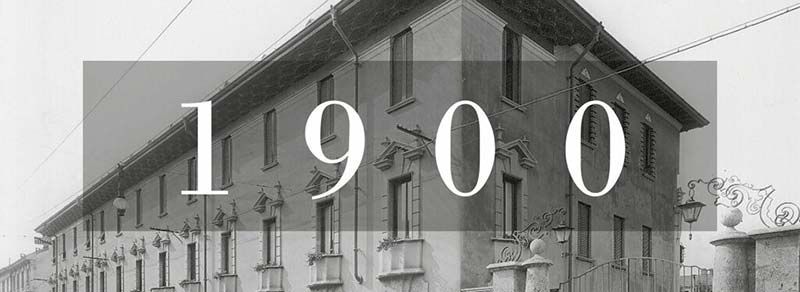
THE FOSSATI FAMILY
The Speltys and Kellers soon left Valtellina and sold the factory to one of the most important families in the Italian textile scene: the Fossatis.
The Lords of Monza also understood the enormous opportunity offered by the Valtellina territory.
The command therefore passed into Italian hands in the figures of Alberto Fossati and his son Felice who, at the dawn of the 20th century, brought the factory to a new industrial level.

The Massawa Blue 10 Sanfor
The success of the Fossatis was not long in coming.
After the recovery from the Great War, the factory specialized in the production of yarns for the famous “MASSAUA BLEU 10 SANFOR”, producing the uniform fabric par excellence.
Once perfected, it was patented and became the symbol of the factory and the standard to refer to for the production of high-quality work clothes.
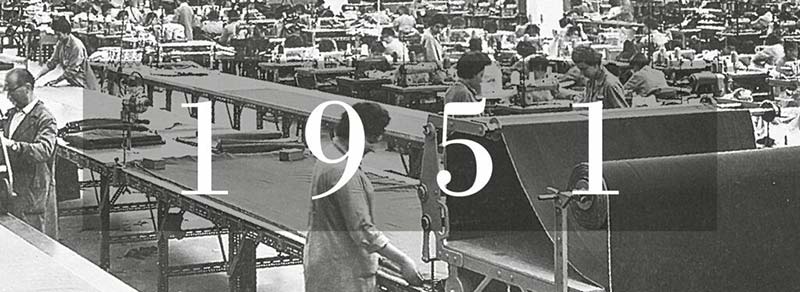
The great success
The visionary entrepreneurship of the Fossatis led to a new economic rise at the end of the Second World War, when they expanded their production with the construction of the Via Tonale plant.
In 1951 the factory was so impressive that it employed half of the manufacturing workforce of the entire province.
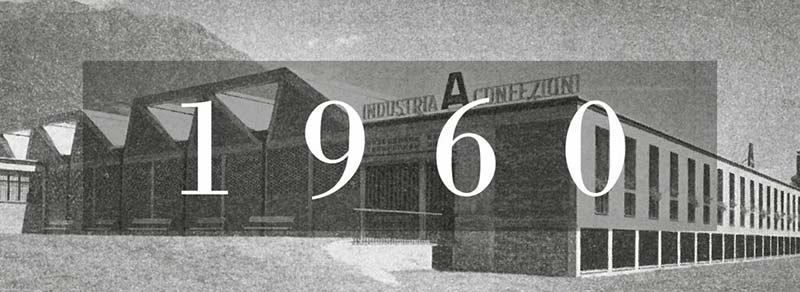
The Adda Factory
The 1960s marked a fundamental date. With a strategic perspective, the Fossatis completed the manufacturing process with the construction of the “Manifattura dell’Adda” division.
In the Berbenno plant in Valtellina, a few kilometers from Sondrio, clothing items were made, mostly intended for the world of work uniforms.

Tescon, Lanerossi and Sondrio Cottons
In 1975, Fossati was incorporated into the Italian state companies.
During this period, it changed hands, first becoming Tescon, then part of Lanerossi (at the time of the Eni group) and later Cotoni di Sondrio.
A deep wound in the Valtellina area and in the people, who were swallowed up by complex and distant systems.

The Marzotto Group
The Marzotto Group, with a careful eye on the market and its peculiarities, senses a great opportunity in its competitor Lanerossi.
With the acquisition of Lanerossi, which also includes “Cotoni di Sondrio”, the Marzotto group expands its product offering.
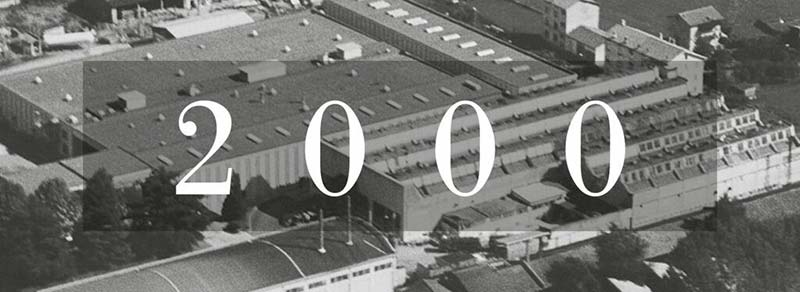
Sondrio fabrics in the world
The Marzotto group rearranges various aspects of the factory, starting with our name which, at the end of the 20th century, becomes the one that the whole world knows today: “Tessuti di Sondrio”. In order to become more competitive, it invests heavily in the weaving and finishing processes. This is a new dawn, which indelibly marks our international success, from the ateliers in Paris to the studios in New York and Tokyo.

Dalsasso Archive since 1831
With the arrival of the new millennium, our famous collections are further enriched with the introduction of the Dalsasso Archive, a precious wool collection of Trentino origin founded way back in 1831.
This is not just a collection of fabrics, but a lifestyle based on a deep knowledge of materials and an invaluable tradition.
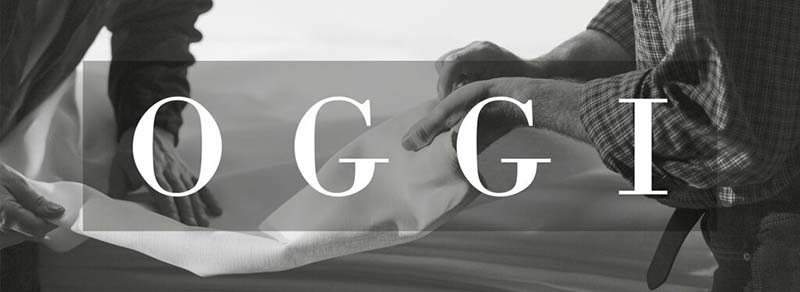
Beyond the fabric
Our mission is to create excellent products, born from artisanal wisdom and territorial uniqueness.
The design thinking behind a proposal is influenced by multiple aspects: art, technology, culture and, above all, people.
We love to express pure creativity, capable of recognizing and interpreting society and the time in which it lives.

